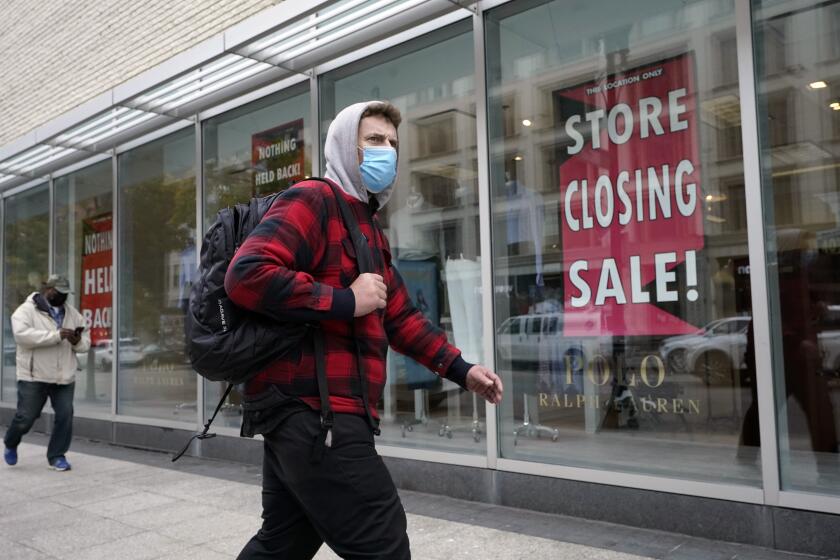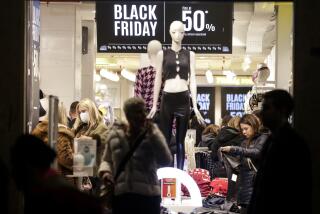Eurozone growth soars a record 12.7%, but fears grow amid major coronavirus resurgence

The European economy grew by an unexpectedly large 12.7% in the third quarter as companies reopened after severe coronavirus lockdowns, but the rebound is being overshadowed by worries that growing numbers of infections will cause a new downturn in the final months of the year.
The upturn in the July-September quarter — and the worries about what’s ahead — echoed the situation in the United States, where reopenings led to strong third-quarter recovery but didn’t dispel fears for the winter months.
The European rebound, reflected in figures released Friday by EU statistics agency Eurostat, was the largest increase since statistics started being kept in 1995. It followed an 11.8% contraction in the second quarter in the Eurozone, which consists of the 19 European Union member states that use the euro currency. The April-June period was when restrictions on activities and gatherings were most severe during the first wave of the COVID-19 pandemic. Many economists had expected a rebound of around 10%.
The rebound was led by France, with an enormous 18.2% increase, followed by Spain with 16.7% and Italy with 16.1%.
Rosie Colthorpe, European economist at Oxford Economics, said that the gains made up almost three-quarters of the lost output from the first six months of the year. But she added that “new containment measures mean we think the recovery will grind to a halt in the fourth quarter, with output expected to fall once again.”
European Central Bank head Christine Lagarde said Thursday that she expected November to be “very negative,” adding that “most likely our fourth-quarter number will be [on] the down side. Will it be negative? We don’t know at this point.”
Economic growth in the July-September quarter was only a partial recovery after an epic plunge in the spring due to the coronavirus.
Manufacturing companies have seen a stronger bounce-back than services. Automakers such as Volkswagen and Daimler AG’s Mercedes-Benz have seen sales and profits rebound, helped by their exposure to China, where the coronavirus hit earliest but has since mostly been contained.
Businesses that rely on face-to-face interaction, such as restaurants, hotels and airlines, have been devastated and are seeing only a small fraction of their previous business. Rising infections led the German government to order theaters, bars and restaurants to close from Monday through Nov. 30.
France on Friday re-imposed a nationwide lockdown for the next month, closing all nonessential business and forbidding all movement beyond one kilometer, or just over half a mile, from home except to go to school or for a few other essential reasons. The government is promising more aid to businesses hit by the lockdown, on top of hundreds of billions of dollars already spent this year on temporary unemployment and other measures.
Lagarde indicated that the European Central Bank was working on a new package of possible stimulus measures to be discussed at the bank’s Dec. 10 meeting. She said there was “little doubt” that it would be implemented, given deteriorating conditions. The ECB is already pumping 1.35 trillion euros ($1.58 trillion) in newly printed money into the economy through regular bond purchases, a step aimed at keeping affordable credit flowing to businesses.
The Eurozone’s jobless rate was steady at 8.3% in September compared to August. The rise in unemployment has been held down by government programs that pay most of workers’ salaries if they are put on short hours or no hours instead of being laid off.







